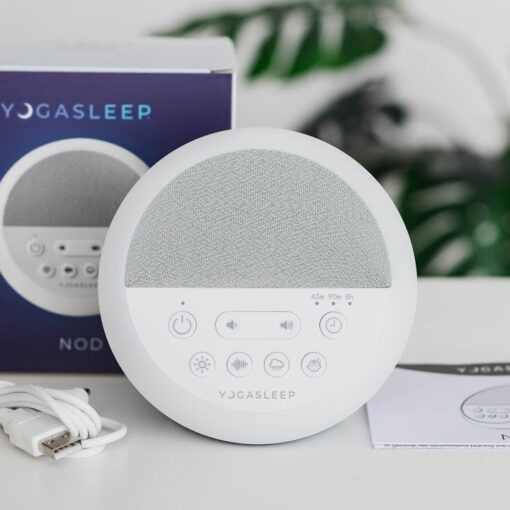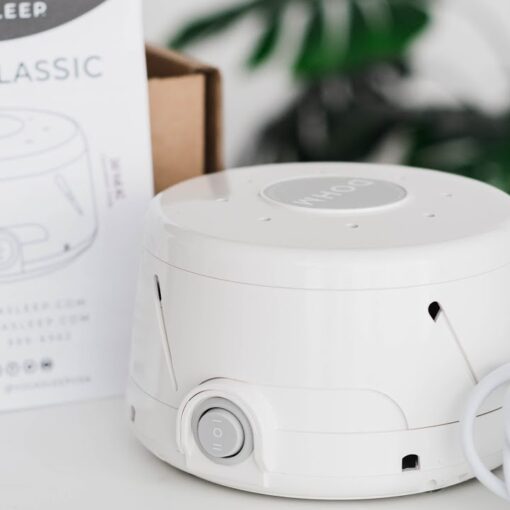There are several methods of putting to sleep with loud noise. These include White noise, Pink noise, grey noise, and violet sound. The process for each is slightly different. Some people may find it difficult to sleep with loud noise, while others may be able to adapt over time. This article will discuss some of the most common methods of putting to sleep with loud noise. You can find the one that works for you and your personality.
White noise
If you have trouble falling asleep, white noise may be the solution. A white noise machine helps mask outside noise, allowing you to sleep without disruption. It works by helping your brain learn when to sleep, and creating an environment conducive to deep restful sleep. For more information, see my article on white noise for sleep. Here are some things to consider before you start using a white noise machine before bed. Listed below are some of the benefits of white noise machines and how they can help you sleep.
While many people are woken up by street noise, a white noise machine can be an excellent way to mask it and help you sleep. Not only does white noise help you fall asleep, it can also improve sleep hygiene. This includes avoiding activities that keep you awake during the day, preparing for sleep each night, and optimizing the environment for sleep. Setting a set time to go to bed and relaxing activities in the evening will help you wind down and relax before sleep. You may also want to block out light from your bedroom.
White noise machines can be helpful for people who work night shifts or live in houses with different sleeping patterns. A study conducted in 2021 found that people with trouble sleeping benefit from white noise. Researchers concluded that white noise is effective for improving sleep quality in urban areas. Pink noise also helps you sleep soundly and reduces brain activity. One study showed that a steady pink noise machine increases stable sleep and reduces the activity in your brain. There are many different white noise machines on the market, including ones for babies.
Pink noise
If you have trouble sleeping, you may be wondering how to sleep with pink noise. There are several different sources of pink noise, and it’s easy to incorporate them into your daily routine. You might even be able to listen to pink noise through your bedroom window. Whatever the source, there’s no harm in trying. After all, you have nothing to lose! Read on to learn how to sleep with pink noise and discover the benefits of this soothing noise for your sleep.
While white noise is the most commonly known method for promoting deep sleep, pink noise can actually enhance your quality of sleep. Recent studies have shown that it can even improve your memory. A recent study in Frontiers in Human Neuroscience found that people who listened to pink noise had improved memory and sleep quality. Interestingly, research has also shown that pink noise can help prevent brain damage from afflicting your sleep quality. Regardless of your age, there’s no reason to wait to try it out.
One of the biggest benefits of pink noise is that it’s more soothing than white noise. Pink noise has a slightly lower frequency than white noise and is therefore considered to be more relaxing. The difference between pink and white noise is based on their frequency content, so try a few different types to find the one that suits your sleeping needs best. Moreover, pink noise has less disruptive effects than white noise, so it’s easier to listen to in the bedroom.
Grey noise
There are two types of noise: white noise and grey sound. Both are computer-engineered noise that produces different frequencies in the human ear. White noise is more soothing, but grey is more grating. Using one will help you fall asleep while the other will mask outside distractions. Grey noise is similar to white noise, and it can be a useful tool for treating tinnitus, a loud ringing or buzzing sound in one or both ears.
Violet noise
Violet noise, also called purple sound, is a higher-pitched sound. It’s one of the three types of noise that can help you sleep. People use it to help them deal with tinnitus, the loud ringing in one or both ears. The other two types are grey noise and white noise. These types of noise have varying effects on the body, but the two most common are white noise and pink sound.
Pink noise is the least popular and often confused with white noise, but it may be the more effective tool for masking unwanted sounds and supporting sound sleep. Unlike white noise, pink noise does not produce high-pitched sounds. Rather, it represents all the audible frequencies of humans. Pink sound is more intense at lower frequencies, creating a deep, relaxing sound that our brains process during sleep. So, when it comes to choosing the right kind of pink noise to sleep with, there are a few factors to consider.
Distancing yourself from the source of noise
Often the most effective solution to the problem of sleep disturbance is to avoid the noise source. Moving furniture or hanging thick curtains can help to reduce the noise level. If the noise does not come from inside, you can try rearranging the furniture or installing thick curtains to block the noise from outside. Distancing yourself from the source of noise may also be an effective solution for people who live in shared houses.
For some, letting go of the source of noise may be difficult. If you are particularly sensitive, it may take some time to change your mindset. Eventually, you may adjust to the noise and sleep with it. Remind yourself that it does not happen every night. If you find yourself unable to cope with the noise, distance yourself from the source and wear ear protection. This may help you get to sleep.
Using earplugs
Using earplugs for sleeping with loud noise is a good option for those who are bothered by noise and want to get some rest. While you can purchase inexpensive foam earplugs, these are not environmentally friendly and can increase the risk of wax buildup. More expensive noise-canceling earplugs are also available, but they can be expensive. If you want to get the best results, you should invest in noise-canceling earplugs.
Ambient noise is a huge barrier to quality sleep. This can include noise from outside traffic, neighbors upstairs, crickets, or the television in the room next to yours. By limiting these distractions, you will have a much better chance of falling asleep and staying asleep. But you can only do this to a certain extent. If you cannot block out all noises, the effects can be significant. You may experience daytime sleepiness as a result. You may also experience poor cognitive performance.
While earplugs may not seem like much, they can have a significant effect on the quality of your sleep. If you wake up during the night from a loud noise, it can affect the quality of your sleep and even cause hearing loss. If you are prone to snoring, these earplugs can help you block out these annoying noises and help you get a good night’s sleep.



